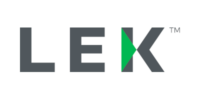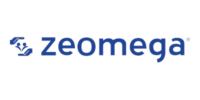Pharmacy Times November 20, 2024
PBM reforms and regulatory changes have reshaped the industry landscape.
In 2023, the United States experienced the most significant increase in prescription drug spending (13.6%), totaling $89 billion.1 This was driven by higher utilization and the introduction of new, expensive specialty and biotech drugs. In 2024, other factors continue to drive costs and disrupt the pharmacy landscape, including the implementation of new business models, pharmacy benefit manager (PBM) practices, the rebate system, regulatory changes, advancements in provider status, and potential Federal Trade Commission (FTC) interventions.2,3
Disrupters in Payment in 2024
Amazon expanded its health care services and developed relationships with insurance organizations with PBM RxAdvance. Amazon also continues to expand expedited drug shipping with its last-mile delivery system RxPass subscription...







